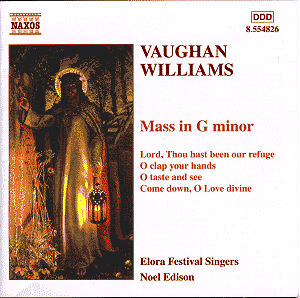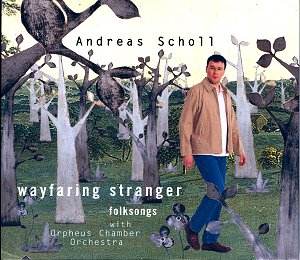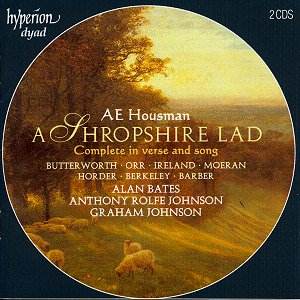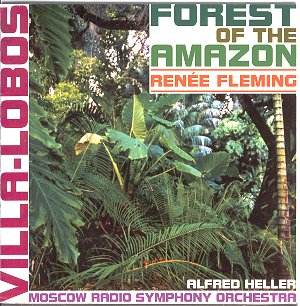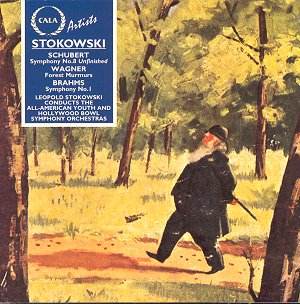 Composer: Leopold Stokowski
Composer: Leopold Stokowski
Works: Franz Schubert – Symphony No. 8 “Unfinished”; Richard Wagner – Forest Murmurs from Siegfried; Johannes Brahms – Symphony No. 1
Performers: All-American Youth Orchestra (Schubert); Hollywood Bowl Symphony Orchestra (Wagner, Brahms)
Recording: Schubert recorded July 1941, Wagner August 1946, Brahms August 1945
Label: Cala CACD 0520
Leopold Stokowski, a conductor synonymous with theatrical flair and innovative interpretations, navigated a pivotal phase of his career during the recordings presented on this disc. The works at hand — Schubert’s “Unfinished” Symphony, Wagner’s “Forest Murmurs,” and Brahms’ First Symphony — not only showcase the composer-conductor’s penchant for lush sonorities but also his ability to evoke profound emotional landscapes through orchestral color. Stokowski’s performances, particularly with orchestras he founded, reveal a distinctive approach to these canonical pieces that both celebrates and challenges traditional interpretations.
The Schubert “Unfinished” Symphony, recorded in 1941 with the All-American Youth Orchestra, presents Stokowski’s characteristic emphasis on dramatic phrasing and dynamic contrasts. However, the performance itself is marked by a certain over-emphasis, where the lush textures can feel somewhat self-indulgent, lacking the crispness and clarity that other recordings — such as his 1927 recording with the Philadelphia Orchestra — provide. The engineering of this recording, drawn from 33 1/3 lacquer originals, suffers from a level of surface noise that undermines the clarity of the orchestral lines. While the emotional weight of the second movement is palpable, the overall interpretation leans towards a romanticized view that may alienate purists who favor a more restrained, classical approach.
Transitioning to the Brahms First Symphony, Stokowski’s interpretation elicits a more complex response. Here, the conductor’s ability to mold the orchestral sound is evident, particularly in the slow movement, where the string cantilena emerges with a rich, singing quality. The layering of textures throughout this performance demonstrates Stokowski’s sensitivity to orchestral balance and sonority, a hallmark of his conducting style. Yet, this recording, captured in 1945, also exhibits a tendency towards interpretative wilfulness, particularly in its use of unmarked accelerandos, which at times disrupts the architectural integrity of the work. The finale, while fervent and alive, suffers from a lack of structural coherence that can leave the listener yearning for a more disciplined approach.
Wagner’s “Forest Murmurs,” sandwiched between these two symphonic giants, serves not only as a palette cleanser but also as an exploration of Stokowski’s orchestral vision. The performance is robust and engaging, showcasing the Hollywood Bowl Symphony Orchestra’s adeptness at producing a lush soundscape that complements Wagner’s original intentions. This selection reinforces Stokowski’s affinity for color and texture, offering a compelling contrast to the more rigorous demands of Brahms and Schubert.
The overall sound quality of this collection, while marred by the technical limitations of its time, still allows for moments of brilliance to shine through. Stokowski’s artistic decisions, though at times contentious, invite a re-examination of these well-trodden masterpieces. His interpretations, while divisive, are never less than engaging and are imbued with a distinct personality that continues to resonate.
This collection stands as a testament to Stokowski’s unique interpretative voice and his ability to galvanize young musicians and seasoned professionals alike. The performances may not always align with contemporary expectations of clarity and precision, but they undeniably capture the spirit of innovation and emotional depth that Stokowski championed throughout his storied career. Each work, while reflecting the conductor’s personal style, offers a glimpse into the evolving landscape of orchestral performance in the mid-20th century.
